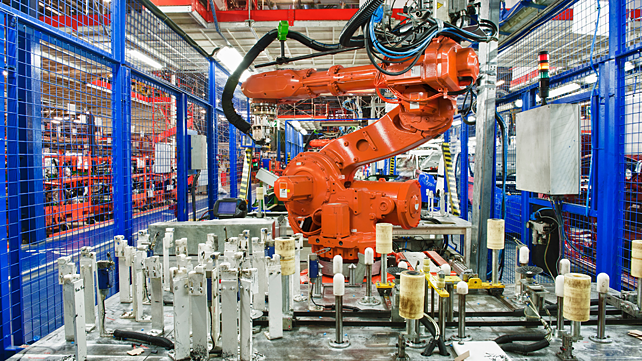
What lies ahead for the Indian automotive industry? Will the government roll out the necessary provisions to uplift the automotive sector or will it come up with measures that provide immediate respite?
As the Union Budget 2022-23 approaches, the industry awaits the announcements that may decide the future course for the sector. With visible increase in input costs of vehicles to regulatory changes and introduction of new technologies, the sector is reeling under the pressure imposed by subsequent disruptions.
Incentivising Manufacturers
While the industry supports the aim to promote localisation and better value addition to new products, the current tax structures and pricing of inter-company transactions are not in line with providing assistance. As they impact the earnings of the companies, the government is expected to consider a slew of incentives in the upcoming Union Budget, especially to the foreign manufacturers in the form of concessional financing options, fixed interest subvention on loans availed in the Indian currency, or reduction in Minimum Alternative Tax (MAT).
The budget is also expected to recommend certain provisions that will lead to ease in the cost of doing business in India. Furthermore, as the focus on new age technologies strengthens, some other incentives for manufacturers for investments in these technologies to make the country a preferred sourcing option in the global supply chain is also welcomed.
Reductions In Tax Rates
The government should further consider simplifying the provisions around cross border transactions. Coming up with relaxations in regulatory areas such as transfer pricing margins, use of similar approach and methodology in transfer pricing as for Customs, and using specific period data for comparison are expected to provide some needed relief to the sector.
Also, clear interpretation regarding equalisation levy, with the advent of Mobility as a Service (MaaS), is likely to benefit the non-residents doing business in India.

In context of electric vehicles (EVs), a thrust from the Central government towards establishment of EV infrastructure within the country can be beneficial. Notably, Goods and Services Tax (GST) structures need to be rationalised and standardised for demand creation within the country.
Currently, an EV attracts a GST of 12%, whereas a lithium-ion battery, when sold separately, attracts a GST of 18%. The inverted duty structure needs some correction. With luxury car makers lining up new EV launches in the country; they are banking on lower GST rates on EV and localisation, which allows them to sell EV vehicles at price points that are at par with the ICE vehicles.
Moreover, benefits in the form of Remission of Duties and Taxes on Export Products (RoDTEP) scheme (between 0.5% and 1.5%) are much awaited, even if they are not comparable to erstwhile MEIS scheme. It can have some positive impact on the overall costs incurred, especially in the two-wheeler segment.
Up-skilling Sector Workforce
As India bets big on becoming Aatmanirbhar, enhancing skillset emerges as one of the key challenges, and measures regarding the same are expected in the government announcements. The apprenticeships or training programmes in India are relatively low and to build a strong workforce versed with the latest advancements, the government is expected to announce some programmes, which could be in the form of on-the-job trainings.

In the last two years, the loss in skilling has impacted employability of youngsters. Therefore, it becomes crucial for skilling to be addressed in the upcoming budget.
Boost For Auto Component/MSME Segment
At present, the key challenge for the auto component industry is the widespread counterfeiting of auto parts, which is causing losses to component players to the tune of over $ 15 billion. The high GST rate on auto component is considered as one of the primary reasons for an increase in counterfeiting. Standardised GST rates for auto components will play a crucial role in reducing grey market operations as well as moderating the cost of vehicles.
MSMEs, which form a critical part of auto component industry, are seeking guarantee from the government for restricting purposes. This can be offered in the form of credit guarantee trust fund or other instruments.
Investments In Electric Vehicle Ecosystem
As the automotive and mobility sector is expected to contribute significantly to India’s goal of achieving net zero emission status by 2070, reducing emissions intensity by use of battery-operated electric vehicles becomes imperative. The government needs to allocate investments in technology and infrastructure. Some viability cap funding is required for the large scale, grid-based battery storage projects going forward.
About the Author: Saket Mehra is Partner and Auto Sector Leader at Grant Thornton Bharat.